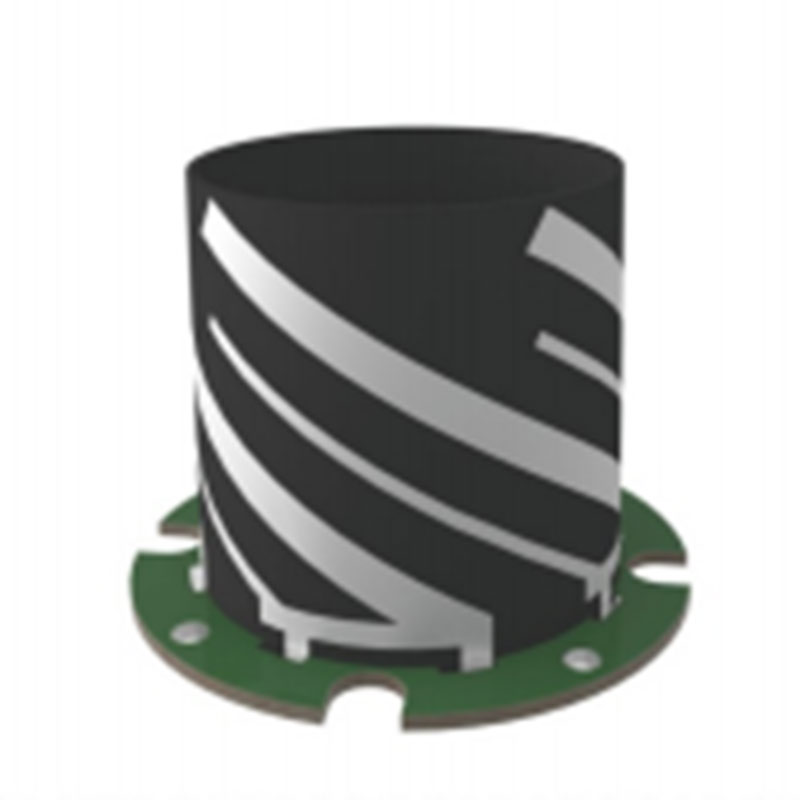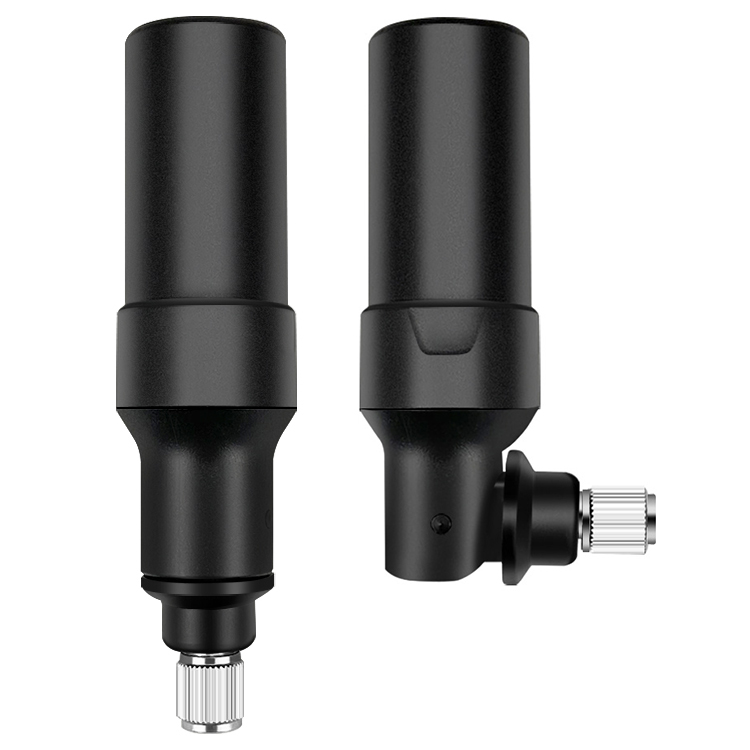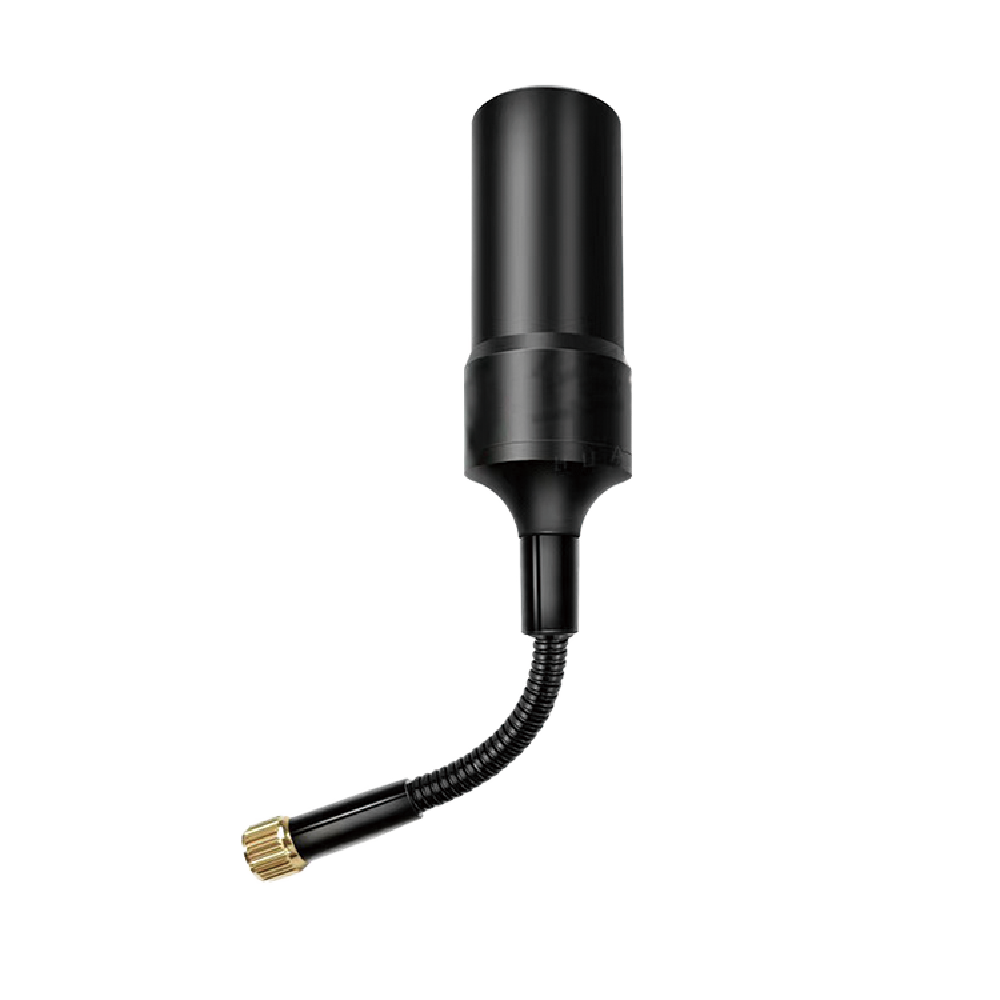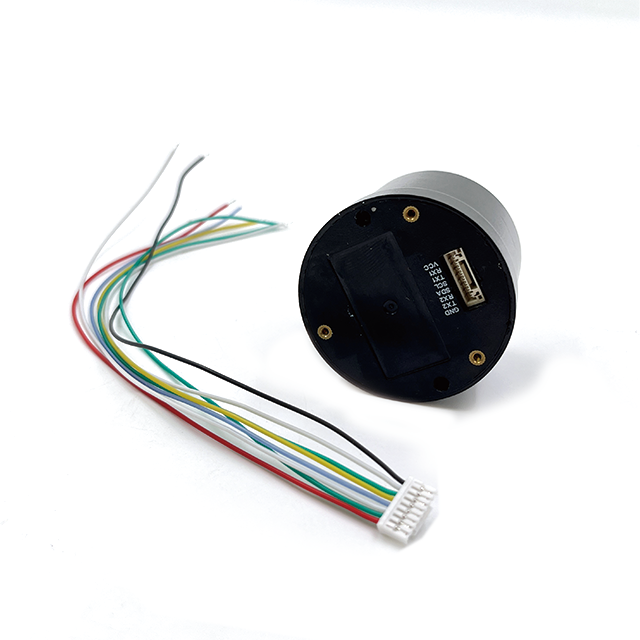Applications
Agriculture: Durable GNSS UAV antennas are used in precision agriculture for crop monitoring, mapping, and variable-rate application of fertilizers and pesticides, improving yield and reducing environmental impact.
Construction: In construction, UAVs equipped with durable GNSS antennas are used for site surveying, progress monitoring, and inspection, enhancing safety and efficiency.
Surveillance: Military and law enforcement agencies use UAVs with durable GNSS antennas for surveillance, reconnaissance, and search and rescue operations, providing real-time situational awareness.
Delivery Services: Companies like Amazon and UPS are exploring the use of UAVs for package delivery, requiring durable GNSS antennas for precise navigation and obstacle avoidance in urban environments.
Future Trends
Miniaturization: Advances in materials science and manufacturing processes will enable the development of even smaller and lighter durable GNSS UAV antennas, expanding their use in micro and nano UAVs.
Integration with Other Sensors: The integration of GNSS antennas with other sensors, such as inertial measurement units (IMUs) and cameras, will enhance UAVs' situational awareness and navigation capabilities, enabling fully autonomous operations.
Advanced Signal Processing: The development of advanced signal processing techniques, such as software-defined radios (SDRs) and artificial intelligence (AI), will improve the antenna's ability to filter out noise and interference, enhancing positioning accuracy in challenging environments.
Multi-frequency and Multi-constellation Support: Future antennas will support an even wider range of GNSS frequencies and constellations, providing global coverage and improving redundancy and reliability.
Conclusion
Durable GNSS UAV antennas are essential components that enable UAVs to operate reliably and precisely in various environments. Their robust construction, high performance, and versatility make them ideal for a wide range of applications, from agriculture and construction to surveillance and delivery services. Despite the challenges associated with their design, integration, and cost, ongoing advancements in materials science, manufacturing processes, and signal processing techniques are driving the evolution of durable GNSS UAV antennas towards even smaller, lighter, and more capable solutions. As UAV technology continues to advance, durable GNSS antennas will remain at the forefront of innovation, enabling UAVs to navigate the world with unprecedented precision and reliability.




































































 Language
Language
 En
En Cn
Cn Korean
Korean

 Home >
Home > 








 18665803017 (Macro)
18665803017 (Macro)













